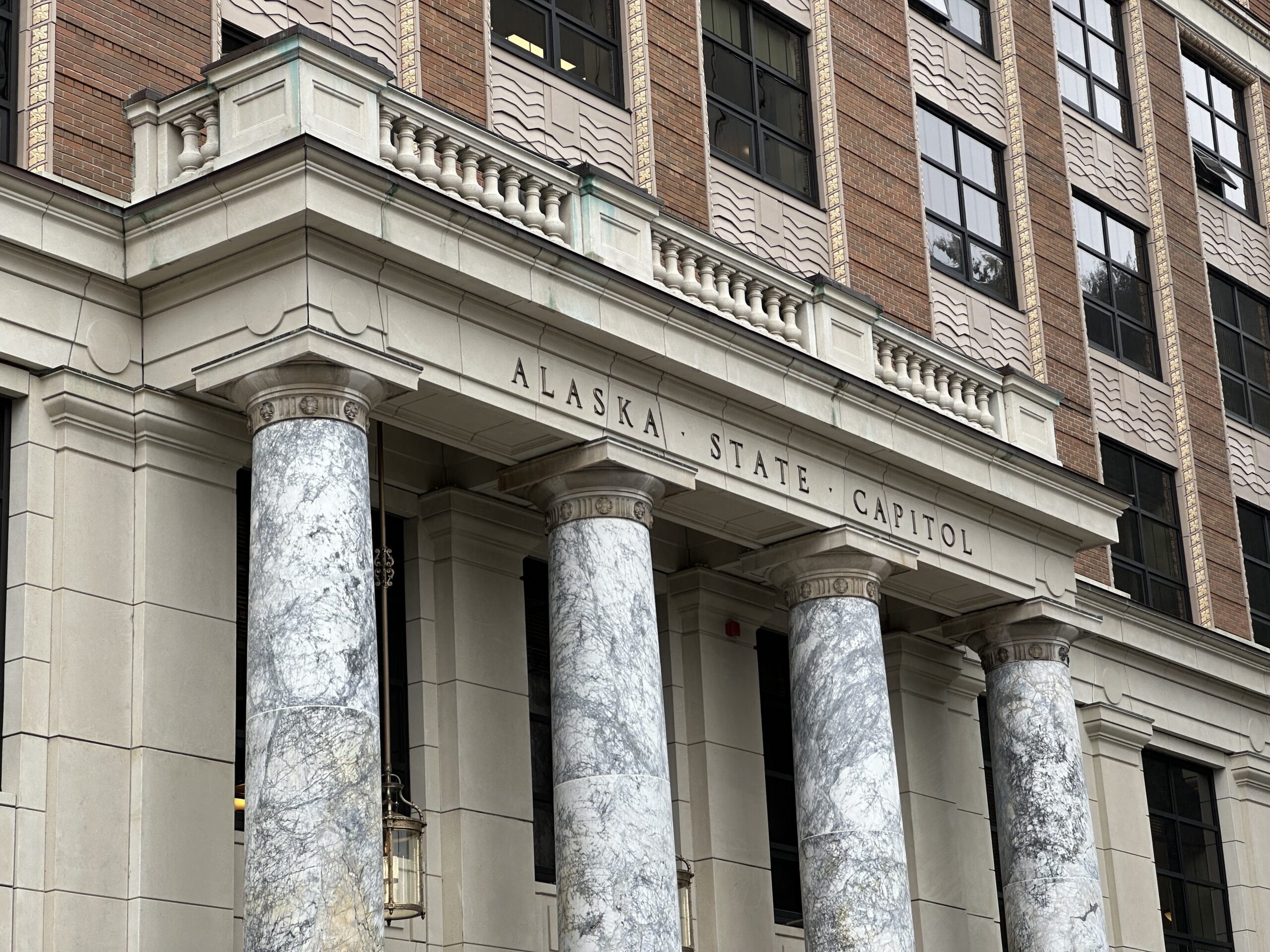
Key state lawmakers are throwing cold water on the idea of cutting state royalties on oil and natural gas to spur production in Cook Inlet. It’s one of several ideas lawmakers are considering to ease a projected gas shortfall in the basin that’s powered Southcentral and the Railbelt for decades.
And with the clock ticking on the legislative session and projections on gas output looking grim, the Legislature has to take action, said Sen. Bill Wielechowski, an Anchorage Democrat and chair of the powerful Rules Committee.
“We have to do something,” he said at a recent Senate Resources Committee hearing. “We’ve wrestled for many, many years, as long as I’ve been here, with tax breaks, tax deductions, bringing up jack-up rigs — and things work temporarily, but we’re really at the cliff.”
So in the final few days, lawmakers are trying to understand how cutting royalties will affect companies’ investment decisions. The Senate Resources Committee on Wednesday and Thursday dug into a pair of economic models — one from the state Department of Natural Resources and another from the Legislature’s frequent oil and gas consultant, GaffneyCline — looking at what would happen if lawmakers cut gas royalties in Cook Inlet substantially, maybe even to zero.
But it’s not all about numbers. GaffneyCline’s Nicholas Fulford told lawmakers there’s a lot about Cook Inlet that makes it less competitive than other gas fields. It’s isolated. The infrastructure is old. Imports might be on the horizon. There might be a North Slope gas pipeline one day that could bring gas south for less than it costs to get it out of Cook Inlet. Utilities that buy lots of gas are looking at renewables. So even if a project seems to pencil out on paper, it might not ever wind up getting drilled, he told the committee.
“These are features which begin to explain why an apparently attractive gas province has failed to attract capital for development,” he said.
And there were plenty of numbers. But what lawmakers should take from the array of spreadsheets, graphs and statistical models is up for debate. Here’s what Sen. James Kaufman, R-Anchorage, said he took away from the presentation:
“Essentially, that royalty relief is needed, and we need to structure it as carefully as we can so as to be both effective and not unnecessarily put an unneeded ding into our state revenues,” he said Friday.
Kaufman amended the bill to create a multi-tier incentive structure — basically, the sooner you produce gas, the more money you make. And though he’s tasking the Senate Finance Committee with fine-tuning the numbers, Kaufman said he’s hearing support for the proposal from House members. The House on Friday advanced a different royalty relief bill from its Finance Committee.
But Senate Resources Committee co-chair Sen. Cathy Giessel, R-Anchorage and the Senate majority leader, said she came away with an entirely different conclusion from Kaufman.
“At the conclusion of it, it seemed evident that royalty relief really wasn’t going to make a difference,” she said Friday.
The Department of Natural Resources told lawmakers that cuts to gas royalties by themselves would not have as significant an impact as they would if paired with oil royalty cuts — oil is, of course, a lot more valuable than gas, and they’re often found in the same place. But Giessel said she’s hesitant to cut any more breaks on oil.
“The production tax on oil in Cook Inlet right now is $1 per barrel. It is significantly low,” she said. “We already have an incentive to explore for oil.”
Giessel said it’s clear lawmakers need to make it easier to get renewables on the grid, and she continues to push for a bill that would create an integrated Railbelt electrical transmission system, but Giessel said gas will continue to play an important role.
A more effective approach, Giessel said, would be to focus on two gas deposits leased by companies that say they don’t have the money to drill: the Cosmopolitan Unit, leased by BlueCrest Energy and the Kitchen Lights Unit, leased by HEX.
And that’s where Wielechowski said he’s leaning, too. Though royalty relief might make a marginal difference, “I think the biggest problem in Cook Inlet continues to be the access to capital,” Wielechowski said.
Wielechowski said he didn’t expect that royalty relief would induce more drilling by dominant Cook Inlet producer Hilcorp. Hilcorp did not respond to a request for comment, but in February, an executive told lawmakers it would be hard to assess the impact without seeing the final text of the bill.
Rather than royalty relief, Wielechowski said he supports something that would address the capital constraints more directly: a system known as “reserve-based lending,” in which the state would loan money to producers and use underground oil and gas as collateral.
It’s unclear if that can pass by the end of the session — but things can move quickly in the Legislature’s final days.
Eric Stone covers state government, tracking the Alaska Legislature, state policy and its impact on all Alaskans. Reach him at estone@alaskapublic.org.




